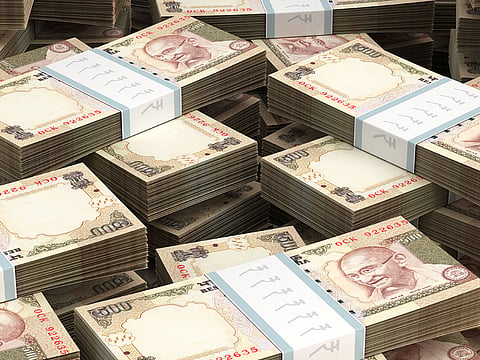Oil’s surge to $70 turns Indian rupee into worst-carry trade in Asia
While the India’s nominal yields are the second-highest in Asia, rupee weakness is making the trade unprofitable

Oil’s advance to the highest since 2014 is squeezing the carry-trade returns on the Indian rupee to a point where they are the worst in Asia.
While the nation’s nominal yields are the second-highest in Asia, rupee weakness is making the trade unprofitable.
Borrowing in dollars to invest in India would yield a negative 3 per cent for the year so far, according to data compiled by Bloomberg.
That trade garnered a carry return of 12 per cent in 2017.
“Oil’s surge may be a reason why the pipeline risk premium concern may be an offsetting factor for an otherwise alluring yields and underlying growth story,” said Vishnu Varathan, head of economics and strategy at Mizuho Bank Ltd. in Singapore.
“Worries about fiscal slippage and rupee uncertainty could add to the investor being circumspect.”
Crude prices have jumped 67 per cent since June, touching the $70 a barrel level last seen when Prime Minister Narendra Modi took power four years ago.
The cost increase in India’s biggest import item widens the nation’s current-account and fiscal deficits, and has turned the currency into Asia’s worst performer.
Rupee vs US$
The Indian rupee stood at 67.1725 against the US currency at 3.12pm UAE time on Monday, according to a Reuters data.
Further declines in the currency may spur the Reserve Bank of India to consider tightening to keep inflation at its 4 per cent target.
Deustche Bank AG and DBS Bank Ltd. are among lenders citing the weak rupee as a key reason for the central bank to raise rates faster than what most analysts are forecasting.
Sign up for the Daily Briefing
Get the latest news and updates straight to your inbox



